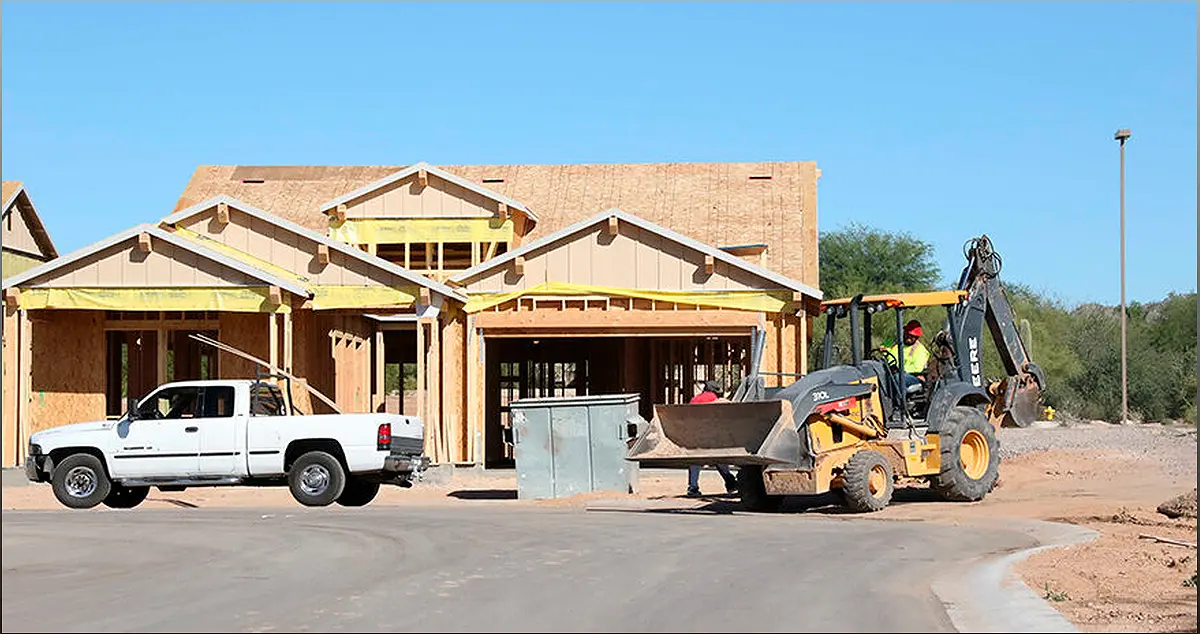In Arizona, a contentious discussion has emerged regarding the 100-year water supply requirement for residential developers. Senate President Warren Petersen argues that this mandate, a cornerstone of the state's water law, is arbitrary and unnecessary. On the other hand, proponents like Kathleen Ferris emphasize the importance of ensuring a long-term water supply for sustainable development. Let's delve into this debate and examine the implications of revising or maintaining the 100-year water supply requirement in Arizona.
The Origins of Arizona's 100-Year Water Supply Requirement
Explore the historical background of the 100-year water supply requirement and its significance in Arizona's water management.
The 100-year water supply requirement in Arizona has its roots in the 1960s and 1970s when land fraud schemes were prevalent. Developer Ned Warren, convicted of fraud, sold land without access to water, prompting lawmakers to introduce a disclosure law in the 1970s.
This disclosure law, which required developers to inform buyers about the availability of an 'adequate' water supply, set the stage for the 1980 Groundwater Act. This act added teeth to the supply requirement, aiming to ensure long-term water sustainability in the state's active management areas.
While some argue that the 100-year figure may seem arbitrary, it has become deeply ingrained in Arizona's water management practices, reflecting the state's commitment to responsible development and safeguarding water resources.
The Debate: Is the 100-Year Water Supply Requirement Outdated?
Examine the arguments for and against revising the 100-year water supply requirement in Arizona's urban areas.
Senate President Warren Petersen contends that the 100-year water supply requirement is arbitrary and unnecessary. He questions why it couldn't be 105 or 95 years, citing California's 25-year requirement as a potential alternative.
On the other hand, proponents like Kathleen Ferris argue that the 100-year supply is crucial for ensuring water security and sustainable development. They emphasize the historical context and the need to protect against future water scarcity.
The debate raises questions about the role of modeling, the impact on residential development, and the potential alternatives to the current requirement. Is it time to reassess Arizona's approach to water supply regulations?
The Implications: Water Resources and Residential Development
Explore the implications of revising or maintaining the 100-year water supply requirement for water resources and residential development in Arizona.
Revising the 100-year water supply requirement could have significant consequences for water resources. Critics argue that loosening the requirement may strain already limited water supplies, especially in areas on the fringes of Phoenix.
However, proponents of revision suggest that updated modeling and regulations can provide a sufficient water supply for housing needs. They believe that the current requirement may hinder affordable housing development and economic growth.
It is crucial to carefully consider the potential impact on water resources, future water scarcity, and the long-term sustainability of Arizona's urban areas before making any changes to the 100-year water supply requirement.
The Way Forward: Balancing Development and Water Sustainability
Discuss the need for a balanced approach to residential development and water sustainability in Arizona.
Finding a middle ground between residential development and water sustainability is essential for Arizona's future. It requires considering alternative water sources, such as wastewater treatment and reuse, to supplement traditional supplies.
Investing in infrastructure and technology to ensure the safety and reliability of alternative water supplies is crucial. Public acceptance and education about these innovative approaches are also key to overcoming skepticism and fostering a culture of water conservation.
By striking a balance between development needs and long-term water sustainability, Arizona can continue to grow while safeguarding its precious water resources for future generations.

